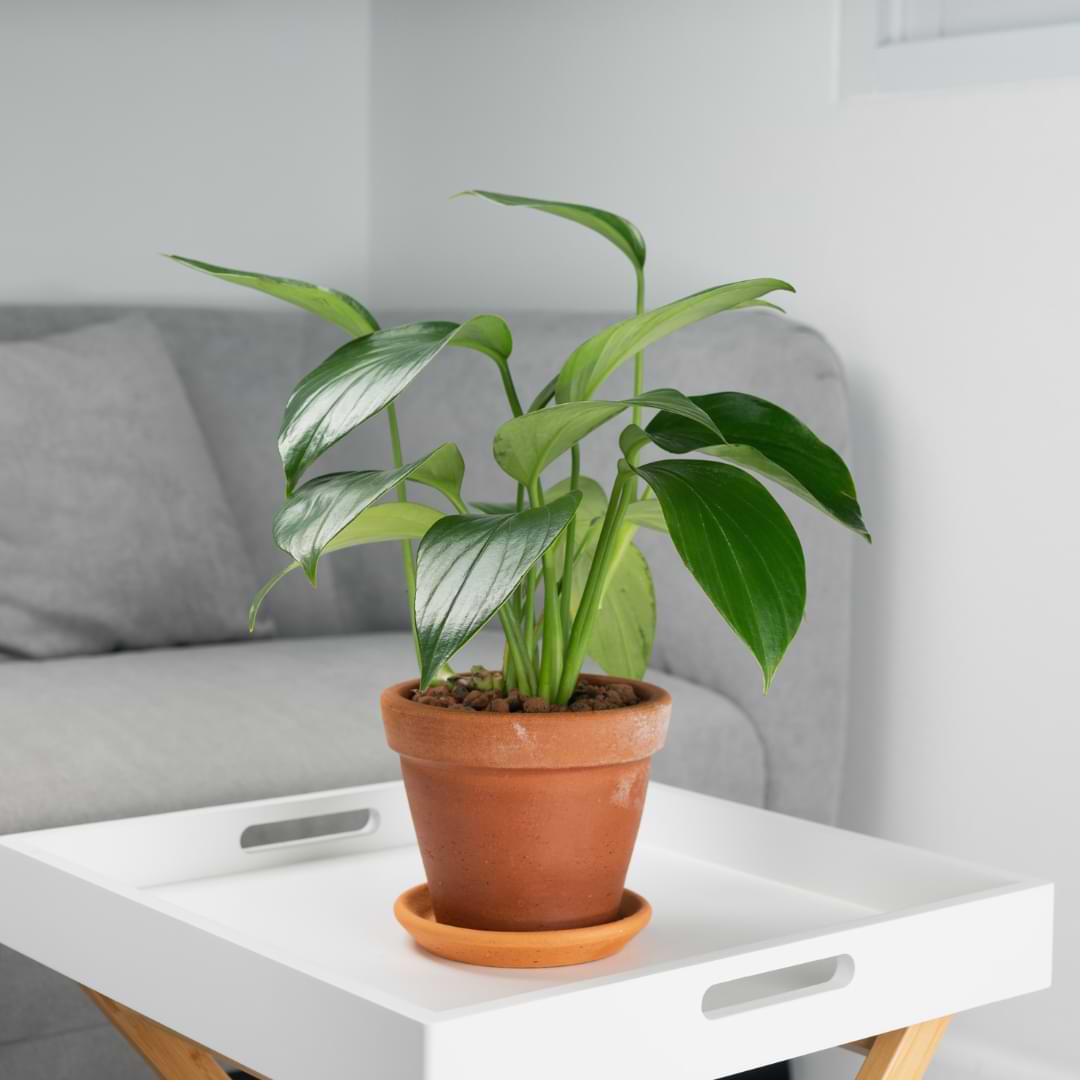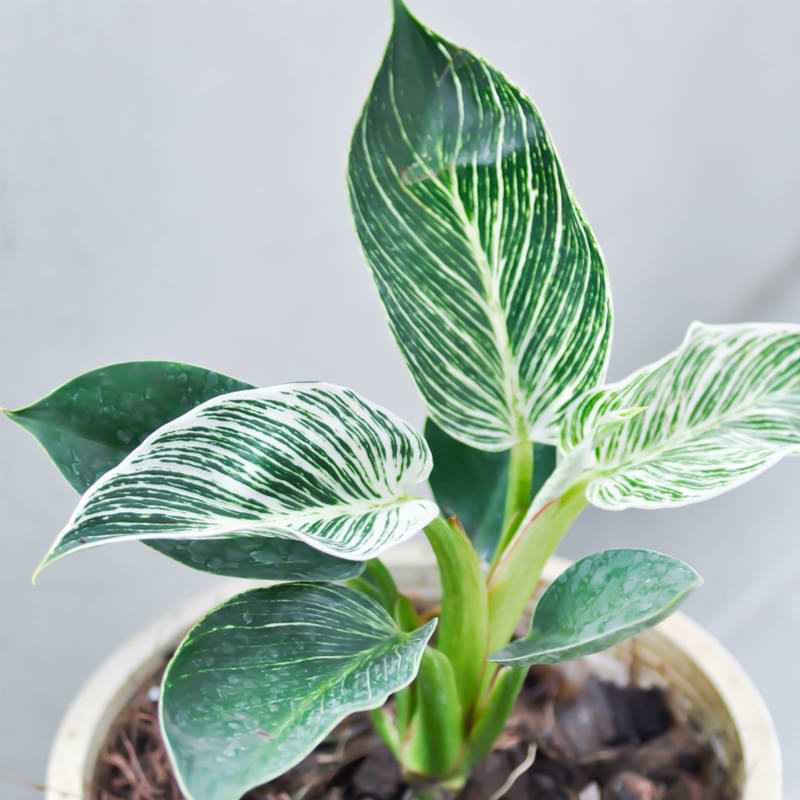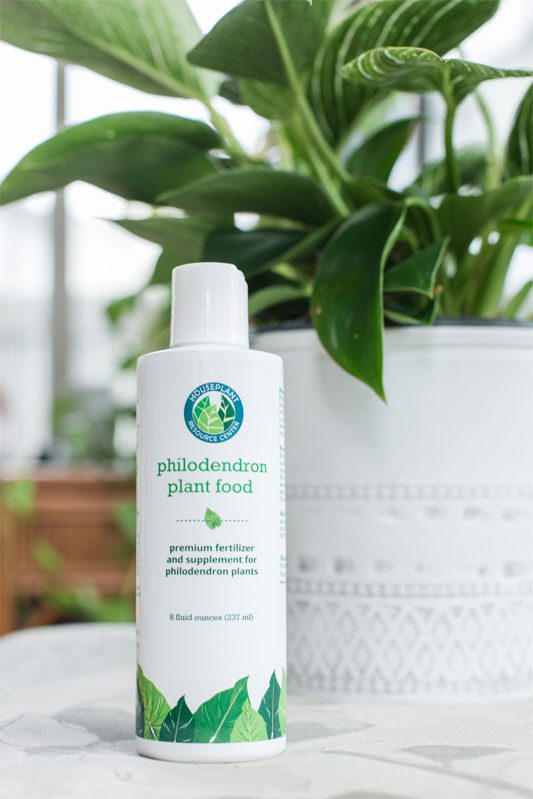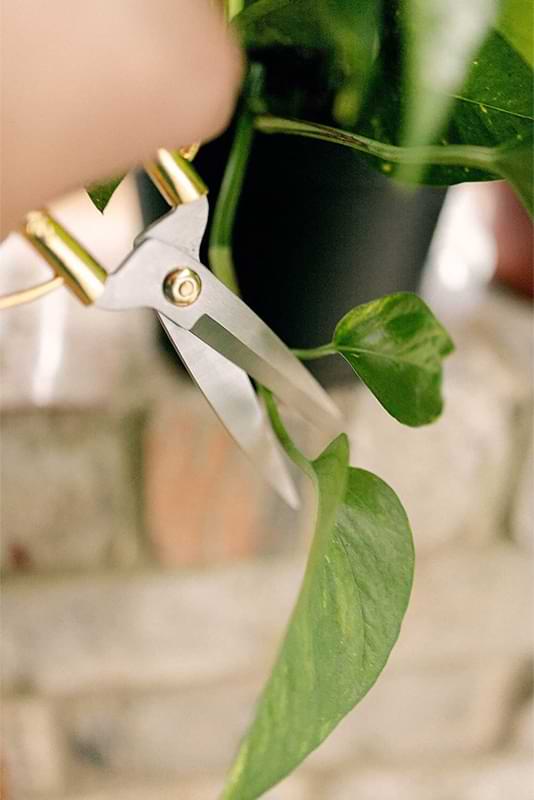If you’re looking for a plant that is both easy to care for and aesthetically pleasing, look no further than the philodendron. This hardy plant can thrive in a wide range of environments and is known for its ability to purify the air. In this guide, we will explore everything you need to know about philodendron plants, from proper care and watering to common problems your Philodendron may encounter. Whether you’re a beginner or a seasoned plant parent, this guide will be a valuable resource for you.
Table of Contents
What Is a Philodendron Plant?
Philodendron plants are a species of flowering plant from the family araceae that are native to Central and South America. There are over 600 species of philodendron, which makes it one of the largest plant families in the world. Philodendrons are often found in tropical rainforests, where they can grow to be quite large. Some philodendron species are climbers, and can reach heights of up to 20 feet!
Philodendrons are known for their large, glossy leaves, which can be deep green, yellow, or even red in color. They produce small flowers that are typically white or green in color. Philodendrons are not frost-tolerant and prefer warm climates. They can be grown outdoors in USDA hardiness zones 10 and 11.
Is Philodendron a Good Indoor Plant?
Philodendrons make excellent houseplants and are very low-maintenance. They prefer bright, indirect light and should be watered regularly (about once per week). Overwatering can lead to root rot, so it is important to let the soil dry out somewhat between waterings. Philodendrons can tolerate a wide range of temperatures and humidity levels, making them ideal for homes and offices.
Philodendron plants are perfect for indoor spaces since they don’t require a lot of light or maintenance to stay healthy. If you’re looking for an easy-to-care-for houseplant, Philodendron is a great option!
Philodendron Plant History
Philodendron plants are native to the tropical regions of South and Central America, specifically Brasil, Colombia, and Venezuela. When they were originally discovered, they were categorized under the genus name arum, although the discovered cultivars have since been categorized in their own genus name of philodendron.
Philodendron plants are known for their large, heart-shaped leaves and their ability to climb up trees or other structures. There are over 600 species of philodendron, which come in a wide range of colors and sizes.
While most philodendrons are found in the wild, some varieties have been bred for specific traits, such as variegated leaves or compact growth habit. Philodendrons are easy to care for and make great houseplants for both beginners and experienced plant enthusiasts.
The Different Types of Philodendron Plants
There are hundreds of varieties of philodendron plants, each with their own unique look and some even have different care requirements, but here are some of the most popular types of philodendrons readily available today.
Heartleaf Philodendron
The heartleaf philodendron is one of the most popular types of philodendron plants. It is known for its heart-shaped leaves and its ability to thrive in low-light conditions. The heartleaf philodendron is a great choice for beginners, as it is relatively easy to care for.
Split-Leaf Philodendron
The split-leaf philodendron is another popular type of philodendron plant. It is known for its large, deeply lobed, deep green leaves. The split-leaf philodendron is a bit more challenging to care for than the heartleaf philodendron, but it can be well worth the effort.
Climbing Philodendron
The climbing philodendron is a type of philodendron plant that is known for its vining habit. It can be a great choice for those who want to add some greenery to their home, but don’t have a lot of space. The climbing philodendron does require more care than some other types of philodendrons, but it can be very rewarding seeing it grow up a beautiful trellis in your home.
Snake Plant
The snake plant is a type of philodendron that is known for its unique, long leaves, which are often variegated or striped. The snake plant is a great choice for those who want something different in their home to make a statement with.
To see more Philodendron varieties, read The Ultimate Guide to Philodendron Varieties!
How To Buy a Philodendron Plant
Picking the perfect philodendron plant for your home or office can seem daunting, but with a little research it is easy to find the ideal specimen. Here are a few tips on how to buy a philodendron plant:
- Determine the size of the plant you need. Philodendrons come in many different sizes, from small tabletop plants to large floor specimens. Consider the space you have available and choose a plant that will fit comfortably.
- Decide what type of philodendron you want. There are many different varieties of philodendrons, each with its own distinct leaf shape and growth habit. Do some research to find a variety that appeals to you.
- Consider the care requirements of the plant. Some philodendrons are easier to care for than others. If you are new to growing these plants, choose one that is relatively easy to care for such as the heartleaf philodendron.
- Inspect the plant carefully before purchasing it. Make sure the leaves are healthy and free of pests or diseases. Avoid purchasing any plants that appear to be unhealthy or stressed in any way.
- Ask questions! If you are unsure about anything, don’t hesitate to ask the salesperson or nursery owner for advice. They can help you select a healthy plant and give you tips on how to care for it once you take it home
Caring For Your Philodendron Plant
When it comes to Philodendron care, there are a few things to keep in mind. Here are some things to keep in mind when caring for your Philodendron plant.
Water
Water is an essential element for Philodendron plants, as they are native to tropical rainforests. These plants require high humidity and consistent moisture in order to thrive. In their natural habitat, Philodendrons would receive daily doses of misting rain showers. While you can’t recreate that environment indoors, you can provide your Philodendron with the next best thing by watering it regularly.
When watering your Philodendron, be sure to use lukewarm water. Cold water can shock the plant and cause leaf drop. Water the plant until the soil is evenly moistened, but be careful not to overwater, as this can lead to root rot. Allow the top layer of soil to dry out slightly between waterings.
If you live in a dry climate, or if your home is particularly arid, you may need to increase the frequency of watering or use a humidifier near your Philodendron plant. You can also try grouping your plant with other houseplants to create a more humid microclimate. Be sure to provide adequate drainage for your Philodendron, as these plants will not tolerate soggy conditions. To be sure that your plant’s soil is not too wet or too dry, use a moisture meter regularly to check the soil moisture level.
Light
While some Philodendrons can tolerate low-light conditions, others need bright, direct sunlight to thrive. To help you choose the right Philodendron for your home, here’s a short list of philodendrons that do best in low-light conditions and a list of philodendrons that need bright, indirect light.
Philodendrons that can tolerate low-light conditions:
- Heartleaf Philodendron (Philodendron Oxycardium)
- Red-Leaf Philodendron (Philodendron Erubescens)
Philodendrons that prefer bright, indirect sunlight:
- Silver Sword Philodendron (Philodendron Hastatum)
- Purple Passion Philodendron
- Climbing Philodendron
- Split-Leaf Philodendron
Philodendrons that need some direct sunlight:
- Fiddle-Leaf Tree Philodendron
Those are just a few options to give you an idea of what philodendron may be best for your space. There are hundreds of varieties of philodendron, and while most have the same light and care requirements, there are some that are different.
Temperature
Temperature is one of the most important factors in Philodendron plant care. These tropical plants prefer warm temperatures and high humidity. They will tolerate some cooler temperatures, but they will not thrive in cold weather.
When caring for Philodendron plants, it is important to know that they are native to tropical regions. This means that they are used to warm weather and high humidity. While they can tolerate some cooler temperatures, they will not thrive in cold weather. If you live in an area with colder winters, it is best to grow your Philodendron plant indoors where you can control the temperature and humidity levels.
The ideal indoor temperature to keep your philodendron is between 65 and 85 degrees. Ideally, the lower temperatures would be at night time, and the higher temperatures during the day when it’s receiving indirect sunlight.
Fertilizer
Fertilizer is an important part of Philodendron plant care. A good rule of thumb is to fertilize your Philodendron every two weeks during the growing season, and every month during the winter. When choosing a fertilizer, look for one that is high in nitrogen and low in phosphorus.
There are a few things to keep in mind when fertilizing Philodendrons:
- Never fertilize a dry plant. Water your Philodendron thoroughly before applying fertilizer.
- Apply fertilizer to the soil, not the leaves. Fertilizer can burn Philodendron leaves if it comes into direct contact with them.
- Be sure to follow the directions on the fertilizer package, as too much fertilizer can damage your plant.
- To make fertilizing your plant easier, use our Philodendron Plant Food that is specifically formulated for indoor plants, which will take all of the guesswork out of giving your plant the nutrients it needs.
Repotting
If your Philodendron plant is looking a little pot-bound, it might be time to repot it. Repotting is actually really easy to do, and it’s a great way to give your plant a little refresh.
Here’s what you’ll need to do:
- Choose a new pot that is about 2 inches larger in diameter than the current pot. Make sure the new pot has drainage holes.
- Add some fresh potting mix to the new pot. A specialized philodendron mix is recommended, but you can also use an all-purpose potting mix.
- Gently remove your Philodendron from its current pot, being careful not to damage the roots. Loosen up the root ball with your fingers before placing it into the new pot.
- Fill in around the root ball with more potting mix, tamping it down gently as you go. Water well to settle the roots into their new home.
- Place your repotted Philodendron in a bright spot, but out of direct sunlight. Water as needed, and fertilize monthly during the growing season (spring through summer).
Pruning
Pruning your philodendron plant is a necessary part of keeping it healthy and vigorous. It encourages new growth, prevents disease, and can even help to shape the plant. Here are some tips on how to prune your philodendron:
- Pruning should be done in the spring or early summer when the plant is actively growing.
- Cut off any dead or dying leaves, as well as any that are damaged or diseased.
- Trim back any long or leggy stems to encourage new growth.
- If you want to shape your plant, prune it accordingly. Just be sure not to overdo it!
- Always use clean, sharp scissors or shears when pruning your philodendron.
Are Philodendron Plants Toxic?
Yes, philodendron plants have a high toxicity level to animals and people if ingested. The sap of the plant contains calcium oxalate crystals, which can cause irritation and swelling if they come into contact with skin. If ingested, these crystals can cause vomiting, diarrhea, and difficulty swallowing. If you suspect your pet has eaten a philodendron plant, please contact your veterinarian immediately.
Can Philodendron Plants Be Propagated?
Yes, philodendron plants can be propagated relatively easily. The most common method is to take stem cuttings from an existing plant and pot them up in moist soil. Once the cuttings have rooted and begun to grow, they can be transplanted into larger pots where they can stay for at least a year.
Philodendrons can also be propagated in water, which is another favorite propagation method. Simply take the cutting from the original plant and place it in a jar of clean water. Change the water every 2-3 days, and once you see significant root growth, you can then plant the cutting in soil. For faster propagation, consider using a Propagation Promoter and Rooting Hormone.
Common Philodendron Problems
There are a few common problems that can arise when growing philodendron plants. These include:
Yellow Leaves
This is usually due to too much sun or water. To fix this problem, move the plant to a shadier spot and/or reduce watering.
Leaves Dropping
This is also usually caused by too much sun or water. Move the plant to a shadier spot and/or reduce watering. If the leaves are drooping as well, this could be due to lack of humidity. Try misting the leaves with water or placing the pot on a tray of pebbles and water.
Brown Edges
Brown leaf tips can have a few causes, but this is typically caused by too much sun. Move the plant to a shadier spot. If the brown edges are dry and crispy, this could also be caused by lack of humidity. Try misting the leaves with water or placing the pot on a tray of pebbles and water.
We hope you enjoyed our guide to philodendron plants! These beautiful, easy-to-care-for plants make a great addition to any home. With a little bit of knowledge, you can keep your philodendron plant healthy and happy for years to come.
Houseplant Resources
Looking for more houseplant info? We highly recommend our super informative (and FREE!) Houseplants for Beginners Webinar. Check out our community of other plant lovers in our Facebook group. And if you’re looking for handy go-to reference for all your houseplant needs, check out our The Last Houseplant Book You Will Ever Need.








